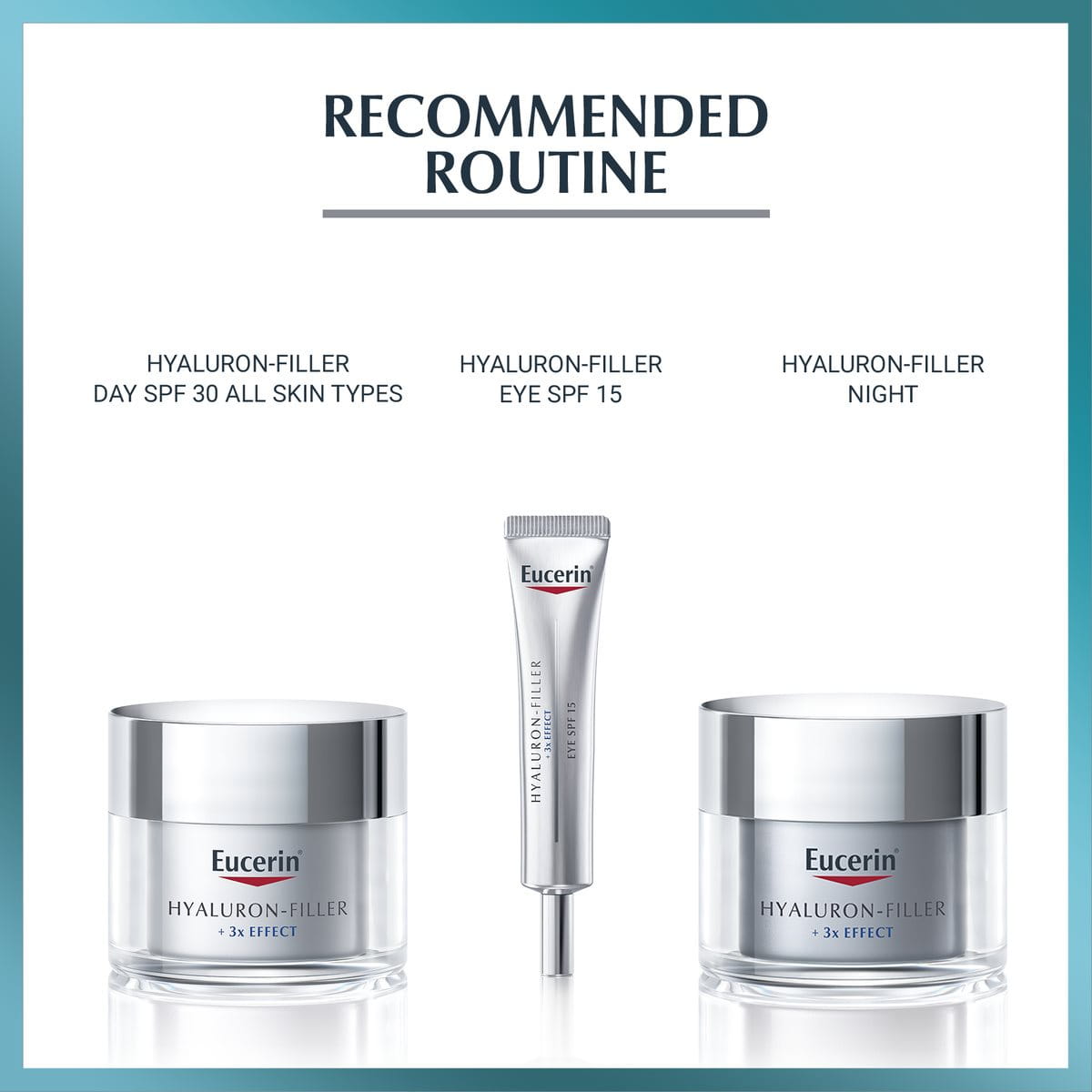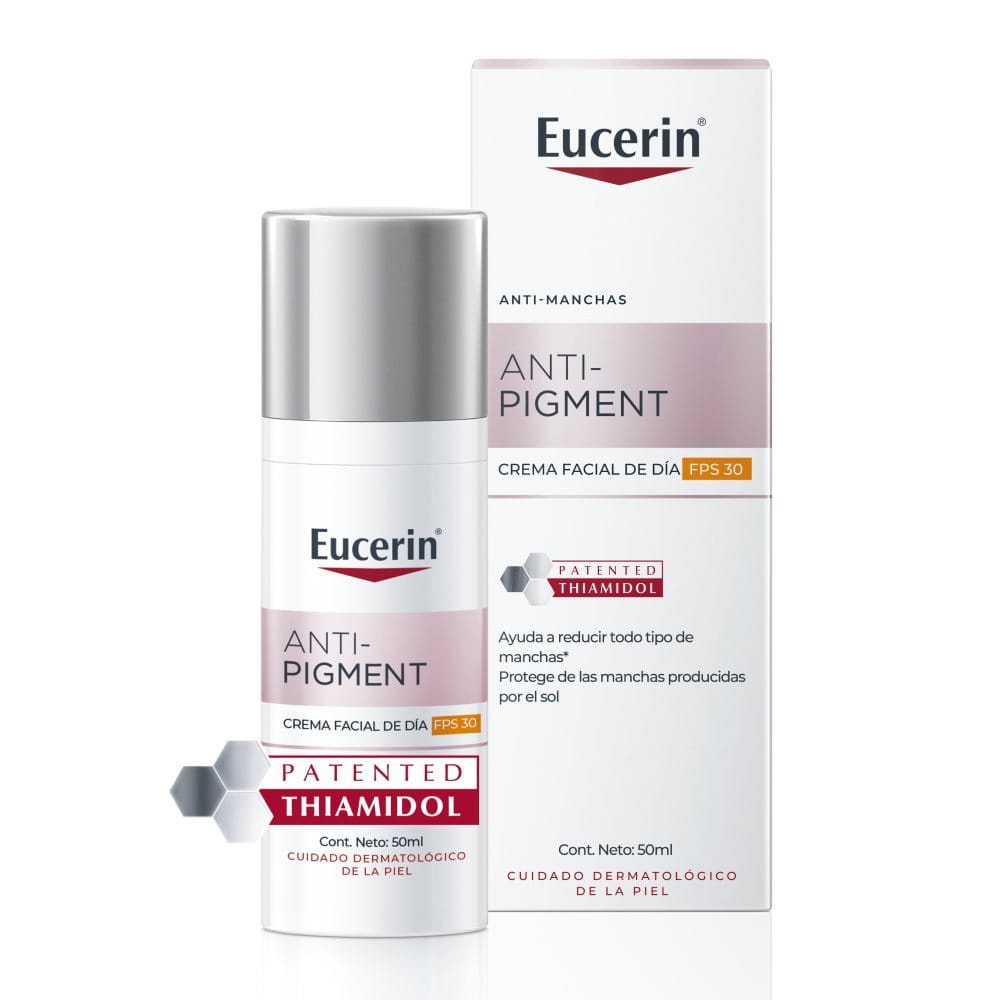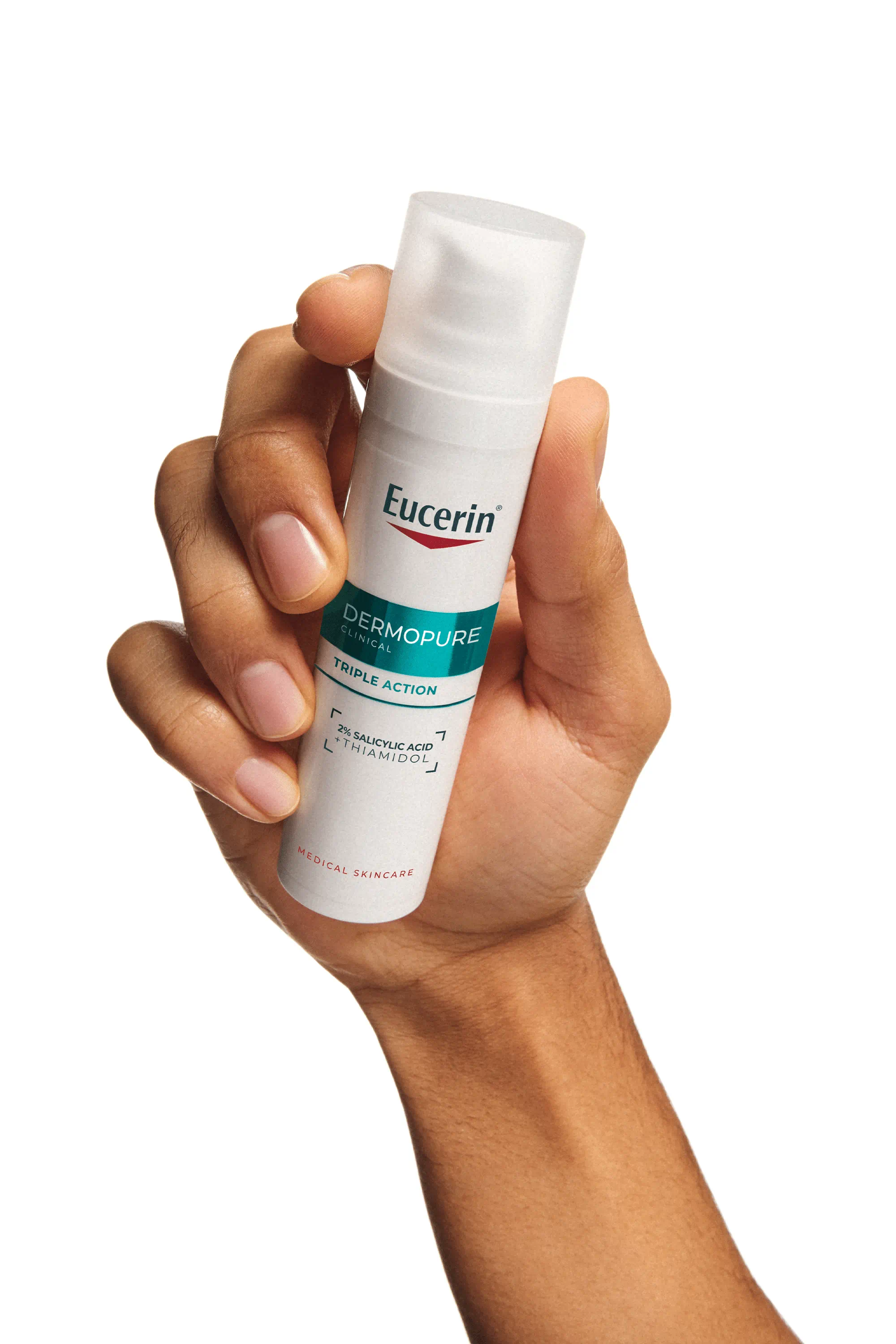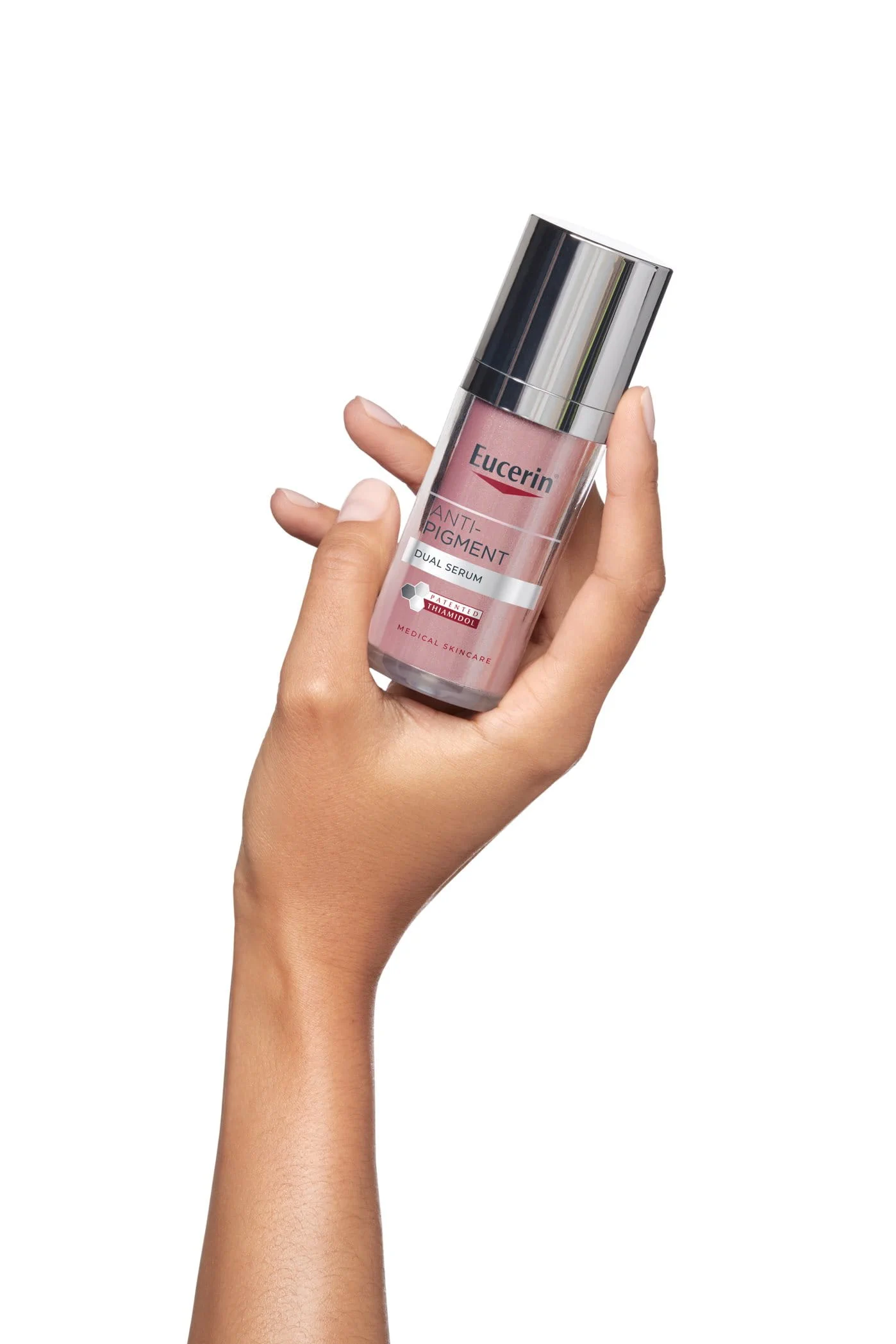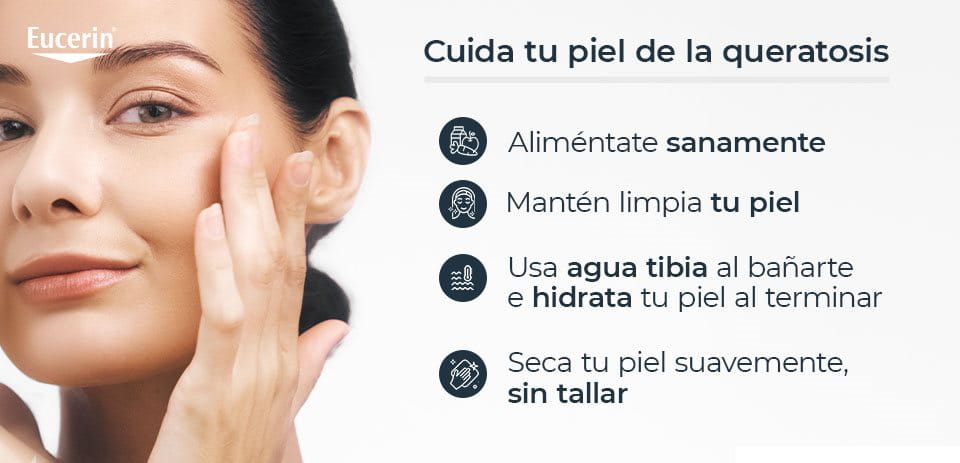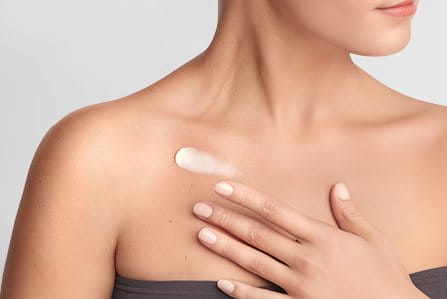Probablemente, te has preguntado: ¿qué es la queratosis pilaris, cuáles son sus síntomas, causas y cómo puedes prevenirla? En Eucerin® deseamos que descubras la respuesta, para que, de esa manera, conozcas mejor tu piel y tengas más herramientas para atenderla en caso de ser necesario:
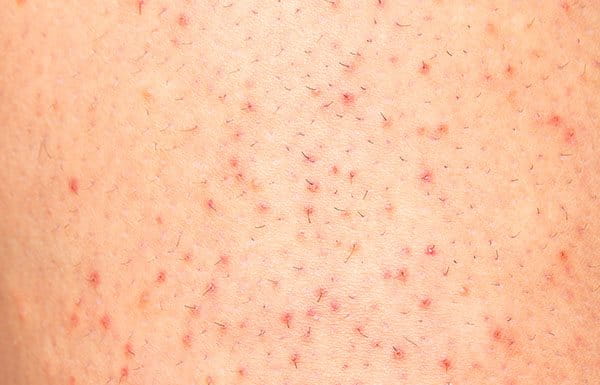
Y es que de acuerdo con especialistas, se trata de una afección cutánea inofensiva que provoca síntomas como piel seca y áspera, sarpullido con granos o protuberancias y que normalmente aparece en brazos, muslos, mejillas y glúteos; por lo general, dichos brotes no producen dolor, sin embargo, hay quienes sí pueden experimentar picor.
¿Pero por qué sucede esto? Se sabe que la queratina, que es una proteína “dura” que protege la piel de infecciones, puede acumularse y formar tapones duros, obstruyendo los folículos pilosos y provocando así que la zona cutánea desarrolle bultos parecidos al papel de lija y que luzca como piel de gallina.
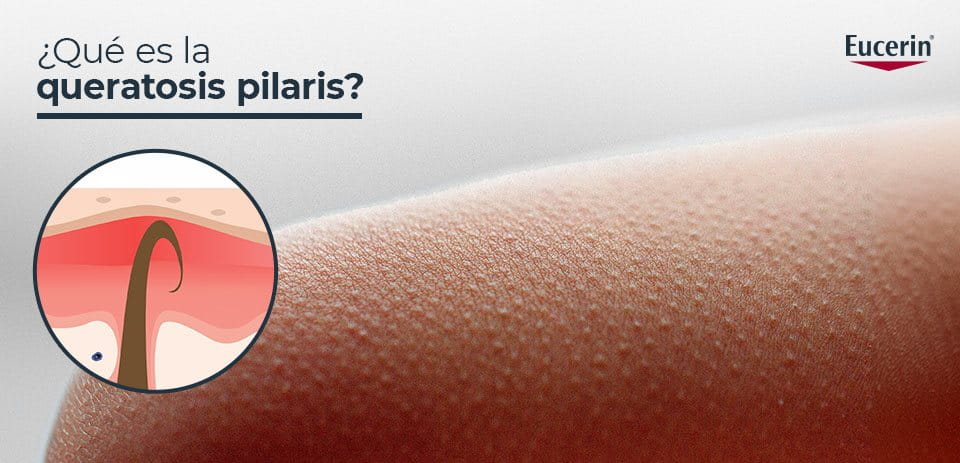
Cabe señalar que aunque se desconoce la causa exacta de la aparición de la queratosis pilaris, su desarrollo se relaciona a la genética o a afecciones como la dermatitis atópica o la piel muy seca.
